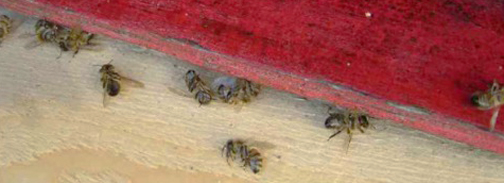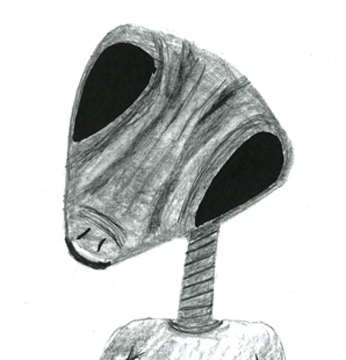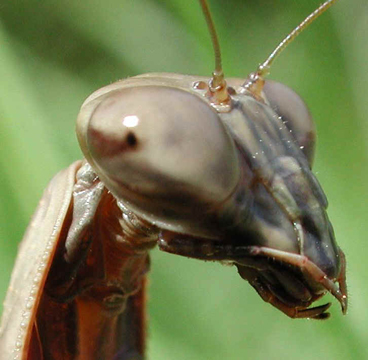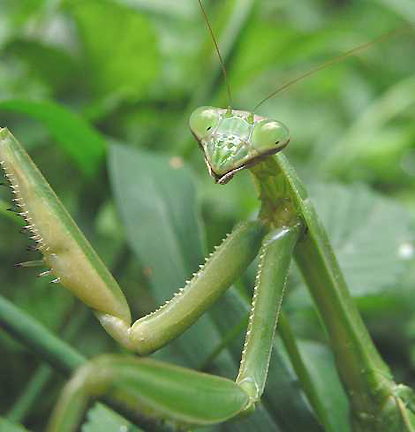“I felt like I was being shown that there is conflict in the universe –
good and evil, negative and positive not just on Earth but universal –
and the conflict is ongoing and escalating.”
- “Joshua Rhinehall,” Private Investigator, Pacific Northwest
Return to Part 1.
February 8, 2011 Albuquerque, New Mexico - Joshua Rhinehall was born in 1964. From age four on, he remembers small, Grey entities around his bed and many times he felt exhausted, had glimpses of other places beyond his home where he thought he had been for days, but his friends and family never seemed to notice. “It has been a knowing I've been gone for long stretches of time, but on a watch only seconds. I've never understood that and would like to know more about what was happening to me all those times I can't remember.”
Click here to subscribe and get instant access to read this report.
Click here to check your existing subscription status.
Existing members, login below:







